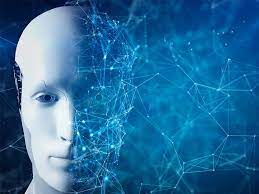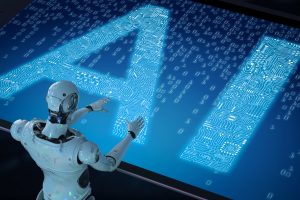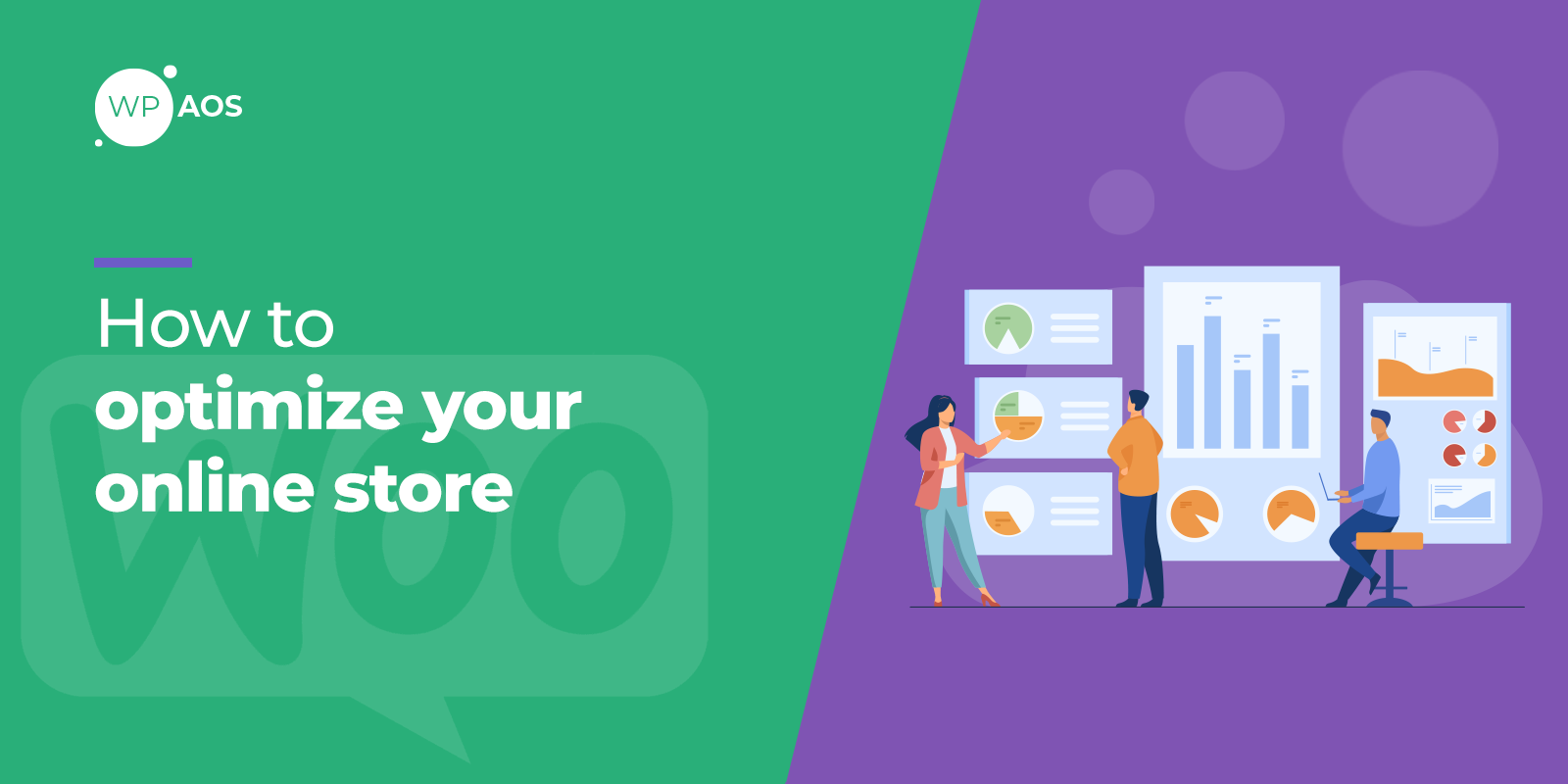The development in the field of artificial intelligence is progressing at a quick pace. Not so long ago, at Image Net competition period of deep learning started emerging. Afterward, this field experienced amazing yet constant development. All things considered, this very fast speed is just speeding up. A long time from now, the field of AI will appear to be unique than it does today. Strategies that are presently considered forefront will become obsolete; techniques that today are early or on the edges will be popular. Individuals are curious about the upcoming age of artificial intelligence and the opportunities AI will provide for different aspects of life. Below we are going to discuss the future of Artificial intelligence, the regions in which it will accomplish, and how it will change society.
The 2010s led to advancements in vision-empowered technologies. Precise image searches on the web, medical image analysis through computer vision frameworks, and identification of defect parts in gathering and assembling all came to life. OpenAI promises significant advances in the 2020s in the field of language-based AI tasks by creating GPT3. Presently GPT-3 is emerging as one of many progressed transformers. Organizations like Google, Microsoft, Facebook, and Alibaba are striving hard to build their own versions. Previously the language processing models use hand-coded rules. These codes were used for statistical procedures, sentence structure, and parsing. Recently, artificial neural networks are used to perform language processing.

Artificial neural networks can use raw data. It requires less feature engineering or normal data labeling. Generative Pre-trained Transformers (GPTs) got a lot deeper. GPT depends on a transformer which is a component that learns context-oriented connections between words in the content. GPT3 private beta version was offered to many specialists. They use it to create short stories, tunes, official statements, technical manuals, text in the style of specific scholars, guitar tabs, and even PC code. GPT-3 is a long way from awesome. Its various flaws incorporate at times delivering jabber or one-sided reactions, erroneously responding to insignificant inquiries, and creating plausible, however bogus content. The entirety of this recommends that much work stays to be done yet, another phase of AI has arrived.
These tools are prepared in the cloud and are accessible just through a cloud application programming interface (API). It is expected that many organizations competing in the field of cutting-edge technology will shift to cloud AI services like GPT3. There will be an improvement in big business applications through these cloud-AI services. It may result in something more inventive than we have ever seen. These services may assist in word and data integration in cost-effective language. It can result in numerous effective business activities and strengthen the development we see with early adopters. It is indicated that future leading-edge business applications will be categorized into three creative classes. All of these creative classes are linked with language understanding.
These classes are composing, coding, and discipline-specific thinking. GPT3 is capable of an uncanny ability to writing significant content dependent on a couple of basic prompts or sentences. According to private beta testers writing instructions for systems and frameworks can be coded by it. It also can change natural language to programming language. You depict what you need the code to do in a natural language, for example, build up an interior or client confronting site. Hence this permits GPT3 to compose the program. Many possible productive usages of GPT3 can be recognized by its capacity to consider content, methodology, and information in a logical or technical field.
It can auto plot graphs dependent on verbal depictions and can answer science questions. It can assist in producing financial statements for individuals with no prior knowledge about accounts. GPT3 can discuss queries about biological mechanisms. All of this is the depiction of using a cloud-powered transformer for bringing a revolution in the fields of data sciences, management sciences, and physical and life sciences. When cloud and GPT3 are combined, it can remove the barriers for advancing towards development specifically for non-technical staff.

As told by a dissertation help firm, another area where the AI will rule in the coming days is a peer review in publishing. Peer-review is a crucial process in the scholarly community. It is perceived as a method of guaranteeing scientific literature’s quality. Artificial intelligence is used to deal with the ever-increasing demand for peer review. Artificial Intelligence can efficiently aid in this process by effectively reviewing research papers. Frontier developed Artificial Intelligence Review Assistant (AIRA) to help editors, reviewers, and authors assess the nature composition effectively. After reading each paper AIRA evaluates language quality, detects plagiarism, checks the integrity of figures, and distinguishes possible conflicts of interest. In one second, AIRA can make up to 20 recommendations.
There is essentially no significant industry AI which performs objective functions utilizing data-trained models and regularly falls into the classifications of deep learning or machine learning has not effectively influenced. That is particularly obvious in the previous few years as data collection and analysis have to increase impressively because of powerful IoT availability, the multiplication of connected gadgets, and ever-speedier computer processing. It is difficult to disregard the present effect of Artificial Intelligence on our lives. It may require ten or more years to build an autonomous vehicle. Artificial Intelligence is rapidly emerging in the field of medicine. Fast and precise analysis of diseases, rapid drug testing, virtual nursing assistant, and big data analysis helps in making a more customized patient experience.
To assist humans in performing a limited range of tasks like stacking and prescient examination AI-controlled robots can work effectively. Artificial intelligence helps in digitizing textbooks. Facial examiners built with Artificial Intelligence track the feeling of students. This assists in tracking who are exhausted to customize their experience accordingly. Artificial intelligence is also integrated into the field of journalism. To understand complex monetary reports, Bloomberg uses Cyborg technology. Each year 3700 procuring reports stories are delivered by The Associated Press. It is done by using the natural language capacity of Automated Insights. Currently, Google is building as an assistant that can receive appointments like human beings. Notwithstanding words, the framework understands context and nuance. Be that as it may, those advances are just the start; there is significantly more to come.

